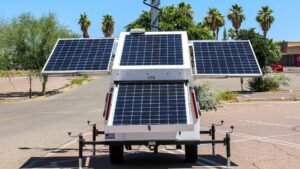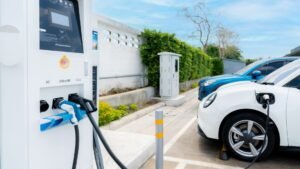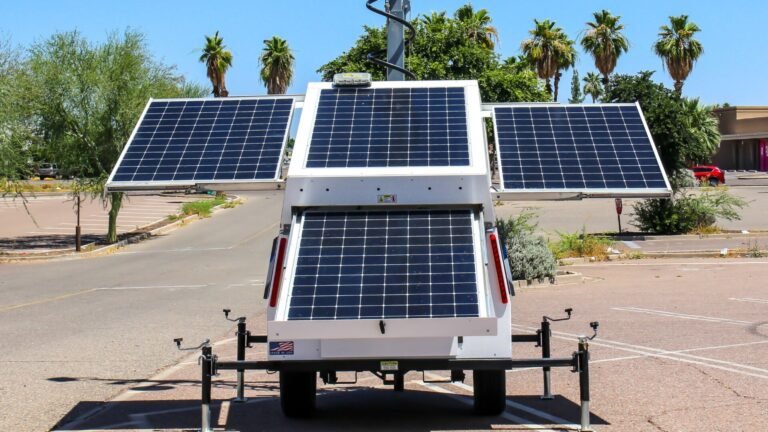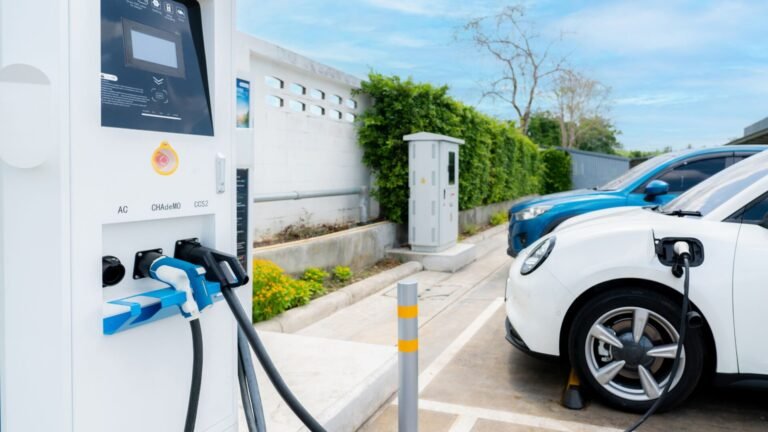Solar energy, with its promise of clean and renewable power, has become a cornerstone of Europe’s strategy to combat climate change and reduce reliance on fossil fuels.
However, the inherent flaw in solar power is its intermittency – the sun doesn’t always shine. This intermittency poses a significant challenge to ensuring a continuous and reliable energy supply.
In this blog, we will delve into how Europe is overcoming solar flaw through innovative strategies and technologies to maintain a steady energy flow.
Understanding the Intermittency Issue
Before we explore the solutions, it’s essential to understand the core of the problem. Solar energy generation is highly dependent on weather conditions and daylight hours.
This variability can lead to significant gaps in energy supply, especially during cloudy days, nights, and winter months.
Overcoming solar flaw requires addressing these gaps to ensure that the energy grid remains stable and reliable.
Europe’s Approach to Overcoming Solar Flaw
1. Advanced Energy Storage Solutions
One of the most effective strategies for overcoming solar flaw is the development and deployment of advanced energy storage systems.
These systems store excess energy generated during sunny periods and release it during times of low solar output. Europe has been investing heavily in various storage technologies, including:
- Lithium-Ion Batteries: These are the most common storage systems, known for their high energy density and efficiency.
- Pumped Hydro Storage: This method uses excess energy to pump water to a higher elevation, which can then be released to generate electricity when needed.
- Thermal Storage: Excess solar energy is used to heat a medium (like molten salt), which can then be used to produce electricity later.
By enhancing energy storage capabilities, Europe is effectively mitigating the impact of solar intermittency.
2. Smart Grid Technology
Smart grids play a crucial role in overcoming solar flaw by improving the management and distribution of energy.
A smart grid uses digital technology to monitor and manage the flow of electricity from all generation sources to meet the varying electricity demands of end users.
In Europe, smart grids help balance supply and demand, integrate renewable energy sources, and ensure that the energy supply remains consistent and reliable.
3. Diversification of Renewable Energy Sources
While solar energy is a significant part of Europe’s renewable energy portfolio, it is not the only player. To overcome solar flaw, Europe is diversifying its renewable energy sources by investing in wind, hydroelectric, and biomass energy.
This diversification ensures that when solar energy production is low, other renewable sources can fill the gap, providing a more stable energy supply.
4. Cross-Border Energy Collaboration
Europe’s interconnected energy grid allows for cross-border energy trading and sharing, which is vital in overcoming solar flaw.
Countries with excess energy can export to those experiencing deficits, ensuring a more balanced and continuous energy supply across the continent. This collaboration is facilitated by extensive grid infrastructure and regulatory frameworks that support energy exchange.
5. Artificial Intelligence and Predictive Analytics
AI and predictive analytics are at the forefront of Europe’s strategy to overcome solar flaw. These technologies analyze vast amounts of data to forecast energy production and demand accurately.
By predicting when and where solar energy will be abundant or scarce, grid operators can make informed decisions to balance the energy supply, optimize storage use, and reduce wastage.
Case Studies: European Success Stories
Germany’s Energy Storage Initiatives
Germany has been a leader in overcoming solar flaw through its extensive investment in energy storage. The country has implemented numerous battery storage projects, including the 50 MW lithium-ion battery storage facility in Schwerin. This facility helps stabilize the grid by storing excess solar energy and releasing it when needed.
Spain’s Solar and Wind Hybrid Plants
Spain has been pioneering the integration of solar and wind power plants. By combining these two renewable sources, Spain can generate energy continuously. When solar power decreases, wind power often increases, and vice versa, providing a more consistent energy output.
Denmark’s Smart Grid Systems
Denmark’s advanced smart grid systems are exemplary in overcoming solar flaw. The country’s grid infrastructure is highly digitized, allowing for real-time monitoring and management of energy flows. This technology ensures that solar energy is efficiently used and stored, maintaining a stable energy supply.
Future Prospects: Innovations on the Horizon
Europe continues to innovate in its quest to overcome solar flaw. Emerging technologies and strategies hold great promise for further enhancing the reliability of solar energy.
Hydrogen Storage
Hydrogen storage is an exciting frontier in energy storage. Excess solar energy can be used to produce hydrogen through electrolysis. This hydrogen can then be stored and converted back into electricity when needed, providing a long-term storage solution.
Grid-Scale Batteries
While lithium-ion batteries are common, new types of grid-scale batteries, such as flow batteries, are being developed. These batteries offer longer life spans and greater storage capacities, making them ideal for large-scale energy storage.
Enhanced Grid Interconnections
Improving and expanding grid interconnections between European countries will further enhance energy sharing capabilities. This will allow for even greater flexibility and reliability in overcoming solar flaw.
Conclusion
Overcoming solar flaw is critical for Europe’s transition to a renewable energy future. Through advanced energy storage, smart grid technology, diversification of renewable sources, cross-border collaboration, and the use of AI and predictive analytics, Europe is successfully addressing the intermittency of solar energy.
These strategies not only ensure a continuous energy supply but also pave the way for a more sustainable and resilient energy system.
As Europe continues to innovate and invest in these technologies, the continent sets a powerful example for the rest of the world.
Overcoming solar flaw is not just about solving a technical challenge; it’s about committing to a future where clean and renewable energy powers our lives sustainably and reliably.






